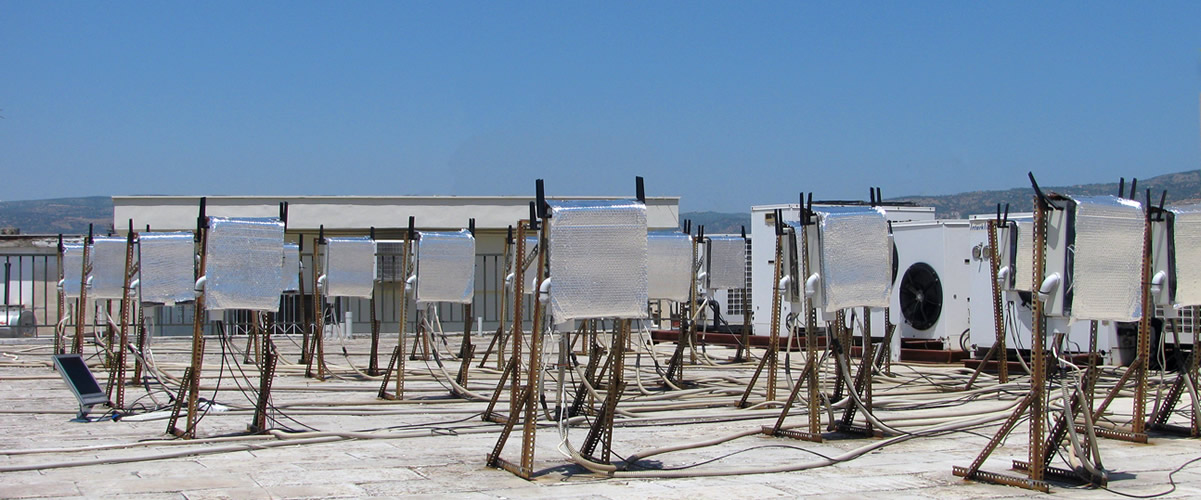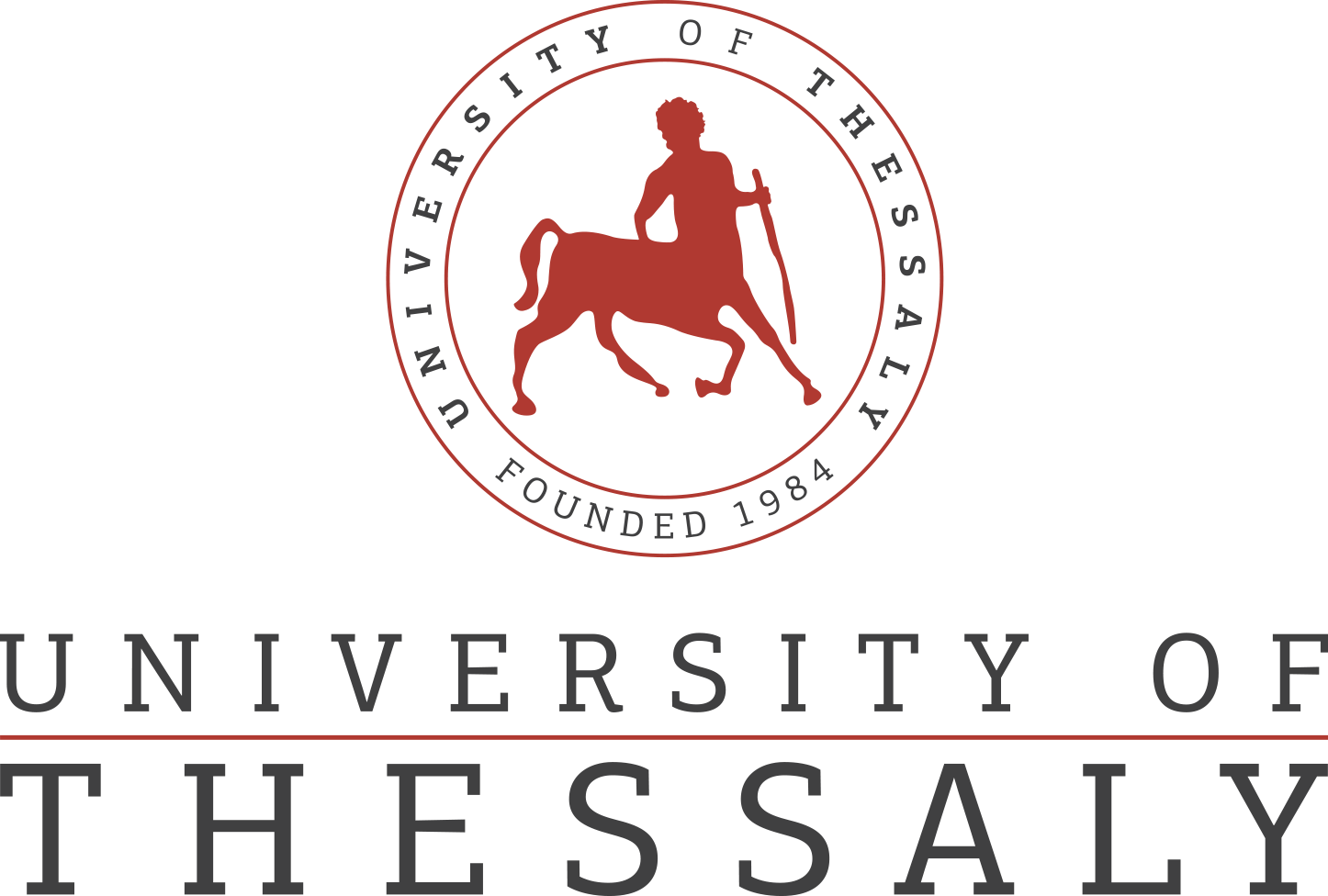5G-Picture
The explosive growth of mobile internet traffic introduces the need to transform traditional closed, static and inelastic network infrastructures into open, scalable and elastic ecosystems supporting new types of connectivity, high mobility and new mission-critical services for operators, vendors and vertical industries. 5G-PICTURE will develop and demonstrate a converged fronthaul and backhaul infrastructure integrating advanced wireless and novel optical network solutions. Τo address the limitations of the current D-RAN and C-RAN approaches, 5G-PICTURE will exploit flexible functional splits that can be dynamically selected, to optimise resource and energy efficiency. This results in a paradigm shift, from RAN and C-RAN to ʽDis-Aggregated RANʼ (DA-RAN). DA-RAN is a novel concept where HW and SW components are disaggregated across the wireless, optical and compute/storage domains. ʽResource disaggregationʼ allows decoupling these components, creating a common “pool of resources” that can be independently selected and allocated on demand to compose any infrastructure service. Key enablers for DA-RAN are 1) network ʽsoftwarizationʼ, migrating from the conventional closed networking model to an open reference platform, supported through 2) HW programmability, where HW is configured directly by network functions, to provide the required performance. This will enable provisioning of any service by flexibly mixing-and-matching network, compute and storage resources without sacrificing performance and efficiency as is the case in today’s NFV-based solutions. To validate these capabilities, 5G-PICTURE will demonstrate converged fronthaul and backhaul services in:
- a smart city environment,
- a 5G railway experimental testbed showcasing seamless service provisioning and mobility management in high-speed moving environments, and
- a stadium with ultra-high user density, supporting media services.
Project's website: www.5g-picture-project.eu
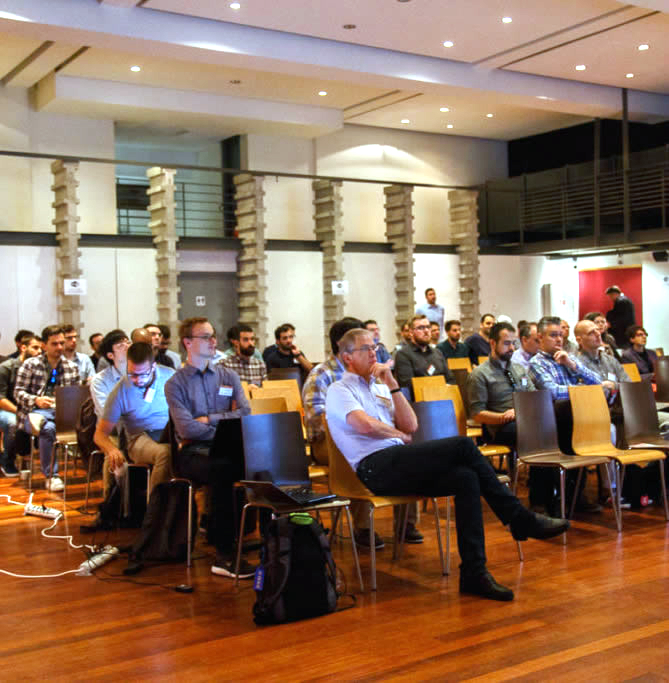
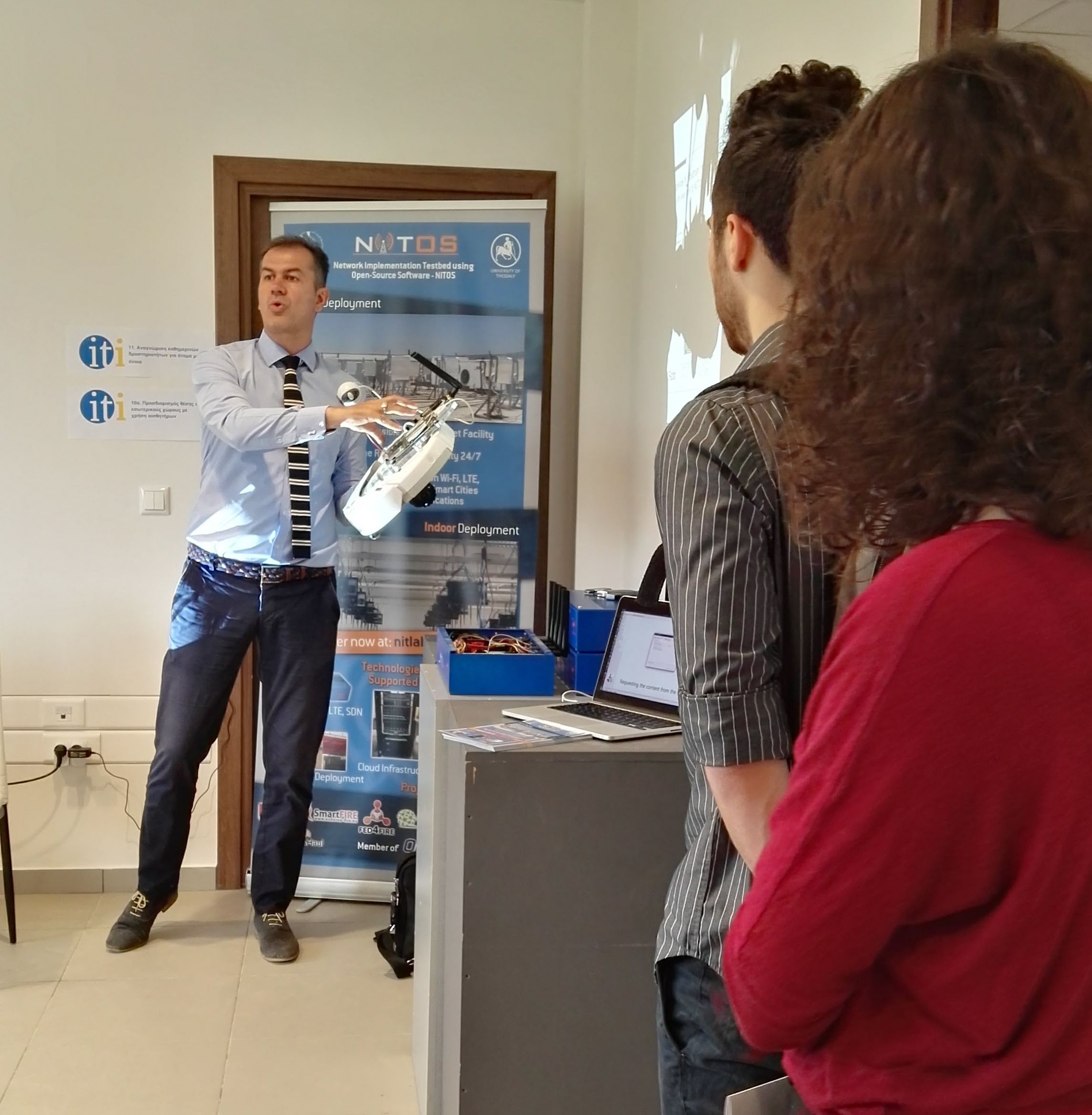
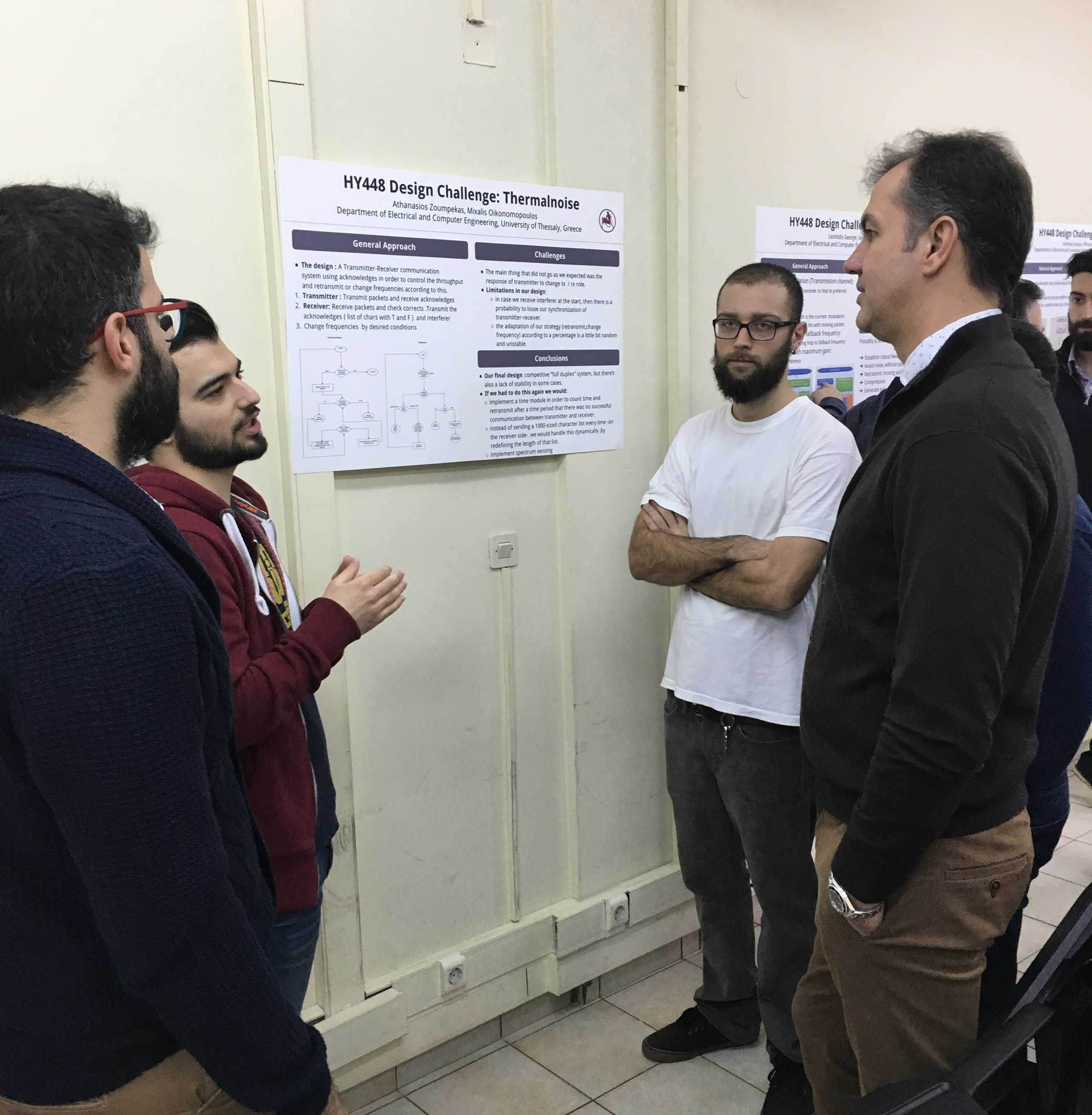

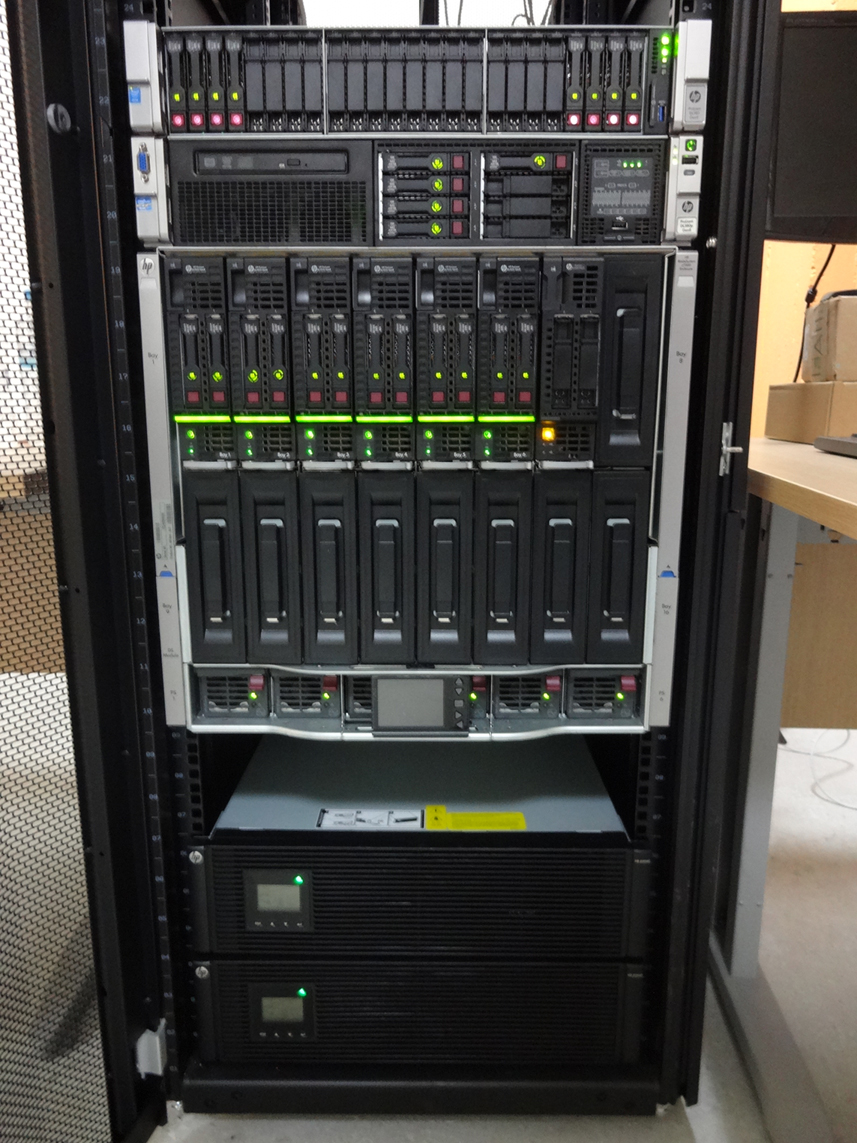 Each blade server has
Each blade server has